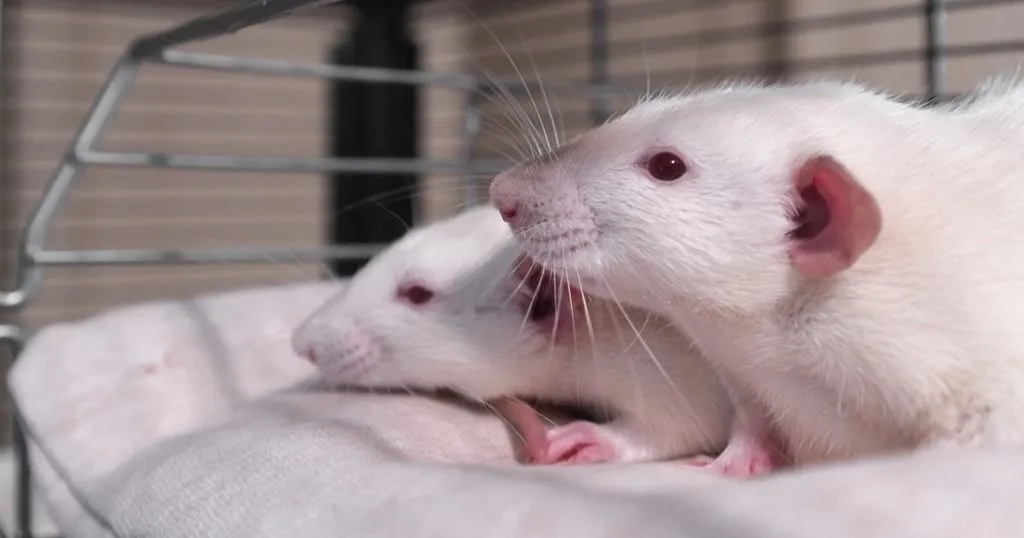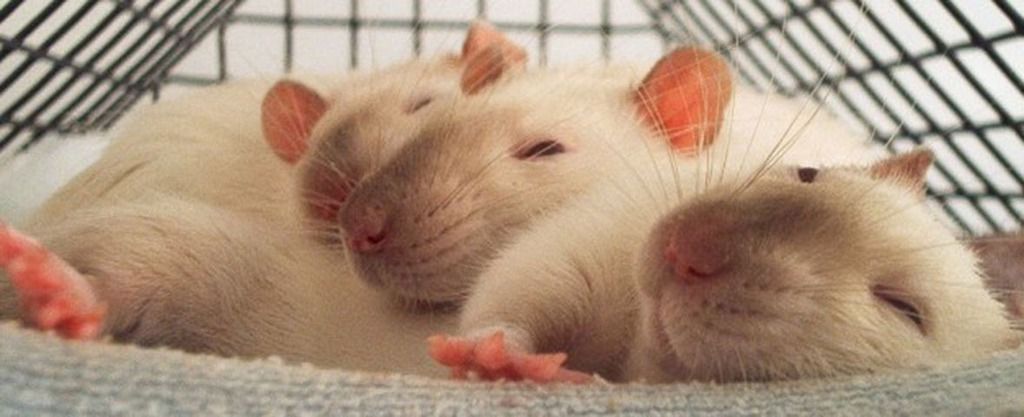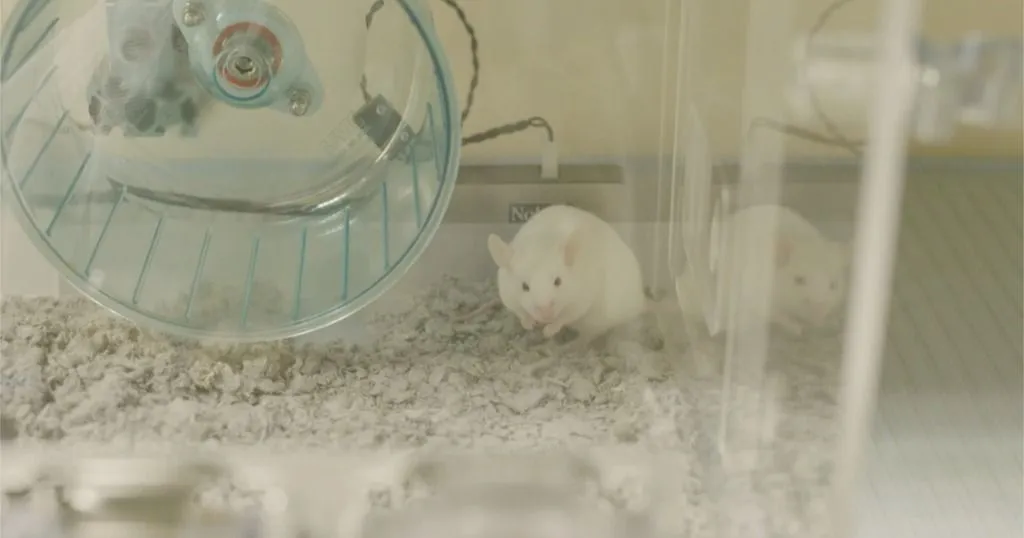Taking opioids during pregnancy: short- and long-term consequences in rats
Women worldwide are suffering from opioid addiction. Many receive so-called opioid-maintenance therapy using bup, but consequences for both mother and baby are largely unknown.
Posted by
Published on
Mon 15 Jun. 2020
Topics
| Addiction | EthoVision XT | Rats | Video Tracking | Zero Maze |

Throughout the world, many women of a reproductive age are addicted to opioids. When they are pregnant, this could cause severe consequences for the mother, the pregnancy, and the unborn baby.
Opioid-maintenance therapy
Many undergo so-called opioid-maintenance therapy, despite not all of the consequences being known. A group of researchers from the Wayne State University in Detroit (Michigan, USA) went to find out the short- and long-term consequences of this treatment, testing the drug buprenorphine (BUP) on rats. The behavior of pups was assessed using video tracking.
Developmental impact
An opioid addiction can have various effects, like infants being born prematurely or lacking oxygen during birth. On top of that, they might be more sensitive to opioid addiction later in life. Treatment with BUP potentially reduces several of those effects, though not all consequences of BUP-use are known yet.
Studying buprenorphine
Most studies only administered BUP after conception and stopped before birth. However, mothers are often already using opioids during conception and keep using them until long after birth. Therefore, this study started treatment on the rats a week before conception and only stopped after weaning.
Treatment on rats
The rats used to test the effect received one of two different BUP dosages; one was comparable to normal treatment (BUP-LD), one was higher than normal (BUP-HD), and a control group received saline treatment. The doses were injected daily.

Behavioral experiments
The researchers carried out various behavioral tests in order to assess any effects of BUP. They found that BUP negatively affects maternal care and pup development, and that this effect was stronger in the BUP-HD rats. Some examples are a lower offspring body weight, increased mortality, reduced pain sensitivity and the presence of Neonatal Opioid Withdrawal Syndrome (NOWS) symptoms.
Maternal care
After birth, offspring care was observed daily for 5 days. On day 2, a pup retrieval test was carried out where the researchers scored how many “misplaced” pups were returned to the nest by the mother. The BUP-HD mothers were found to decrease the amount of caring behavior and did not retrieve pups from outside the nest as often compared to control mothers. A similar, but weaker effect was found in BUP-LD mothers. Furthermore, the continued reduced maternal care in the BUP-LD group might have influenced pup maturation and behavior. Because of the severe lack of maternal care, BUP-HD pups were given to control mothers which greatly increased their survival.
The more severe effects of BUP compared to other studies might be caused by the extended exposure period, from before conception until weaning. Since those other studies showed no mortality from BUP-HD treatment, said mortality might be caused by maternal neglect in the current study.
Neonatal Opioid Withdrawal Syndrome test
Two days after birth, symptoms of NOWS were assessed. One group of pups received an injection with an opioid antagonist, which should eliminate the effects of the BUP. The other group served as a control. Subsequently, pups were observed for 30 minutes while researchers scored withdrawal-related behaviors like mouth movements, vocalization, and/or tremor.
No significant behavioral differences were found between the groups. It is possible that the BUP was already mostly eliminated by that time, which made the antagonist ineffective.
Anxiety in rat pups
Using an elevated-zero maze, anxiety was tested in the now early-adolescent pups. Each pup was placed in a closed area of the maze and allowed to explore for 5 minutes. Using EthoVision XT 13, distance travelled and time spent in each area were recorded and analyzed. However, the results showed no significant effect of BUP-LD on anxiety.
Testing stress responses
For testing stress-sensitivity, each pup was physically restrained for 30 minutes. Blood samples for corticosterone analysis were collected at 3 different moments, 1. before the test, 2. immediately after the test, and 3. 90 minutes after the test. No significant effects of BUP-LD on stress sensitivity was found.
Hot-plate experiment
Lastly, a pain sensitivity test was carried out by placing pups for maximum 60 seconds on a hot-plate which was heated to 50ºC. The latency to a response, like withdrawing a paw, was recorded, after which pups were taken off the plate immediately. A week later the pups received a morphine injection and the experiment was repeated. The rats showed a reduced pain sensitivity during the first hot-plate experiment, though this effect disappeared in the morphine experiment.
Conclusions
The effects of BUP exposure proved to be more severe than reported before, possibly because the exposure period that we used is longer and therefore more realistic. Furthermore, BUP-HD effects seem to be more severe as well, despite systematic evaluation not being possible due to high pup mortality. Lastly, the effects of a repeated overexposure to opioids during pregnancy need to be studied thoroughly due to its commonness in today’s society.
References
Wallin, C. M., Bowen, S. E., Roberge, C. L., Richardson, L. M., & Brummelte, S. (2019). Gestational buprenorphine exposure: Effects on pregnancy, development, neonatal opioid withdrawal syndrome, and behavior in a translational rodent model. Drug and Alcohol Dependence, 205, 107625.
Related Posts

Fearful chicken: Fear affects stress, behavior patterns, and other individuals

3 high impact papers about measuring anxiety in the Elevated Zero Maze

